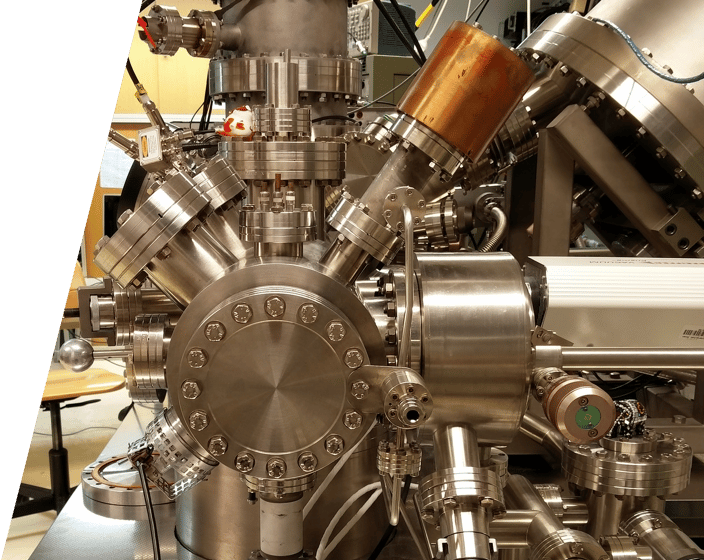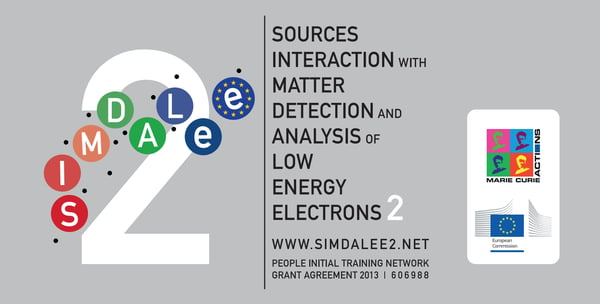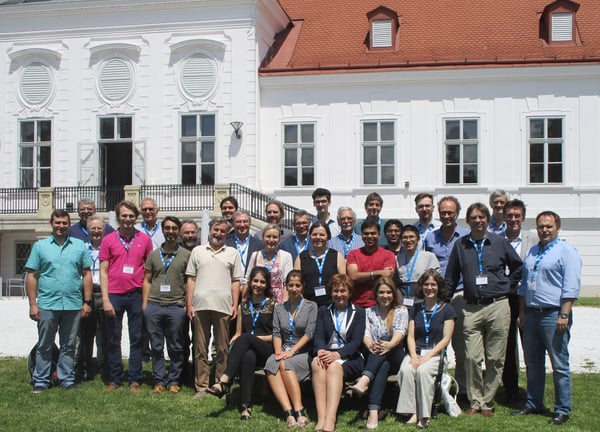

vienna university of technology
Early stage researcher
2015 08 01 - 2018 08 01
SIMDALEE2 is a research and training network dedicated to
the investigation of low energy electrons near solid surfaces financed by the European Commission
main tasks
Maintenance of the laboratory for electron coincidence spectroscopy
Maintenance, repairs of Ultra-High-Vacuum equipment, detection and timing electronics
Modifications and making-of data evaluation, experimental procedures
Development of the software package for the purpose of electron spectra simulation,data evaluation
Organization of network meetings, conferences


simdalee2
SIMDALEE2 is a research and training network dedicated to the investigation of low energy electrons near solid surfaces. SIMDALEE2- Sources, Interaction with Matter, Detection and Analysis of Low Energy Electrons is a Marie Curie Initial Training Network (ITN) financed by the European Commission
The purpose of the SIMDALEE2 (Sources, Interaction with Matter, Detection and Analysis of Low Energy Electrons) network is to establish a world-class research training platform for the science and technology of nanoscale manipulation and analysis using low energy electrons. Apart from an effective and well-structured training programme, the network will pursue the following scientific goals:
Optimizing beam size by correlating contemporary field emission (FE) theory with high resolution holographic measurements of magnetic and electric fields of FE tips with different shapes, both with and without primary electron optics
Putting the understanding of the contrast mechanism of electron beam techniques on a sound footing by comparing physical models with novel benchmark spectra acquired using a coincidence technique
Improving detection as well as understanding of emitted energy-, angular-, and spin-dependent spectra. This issue will be addressed for the common case of detectors in a field-free environment, and for the special case when the emitted electrons encounter an electric field prior to detection
Electron beam modification of nanostructured surfaces
Progress in the aforementioned fields will lead to the development of an innovative prototypical methodology for nanoscale characterization with electron beams in the form of a compact desktop-type Near-Field-Emission Scanning Electron Microscope (NFESEM).
Finally, the economic impact and feasibility of low energy electron beam methodology will be investigated within the project.

